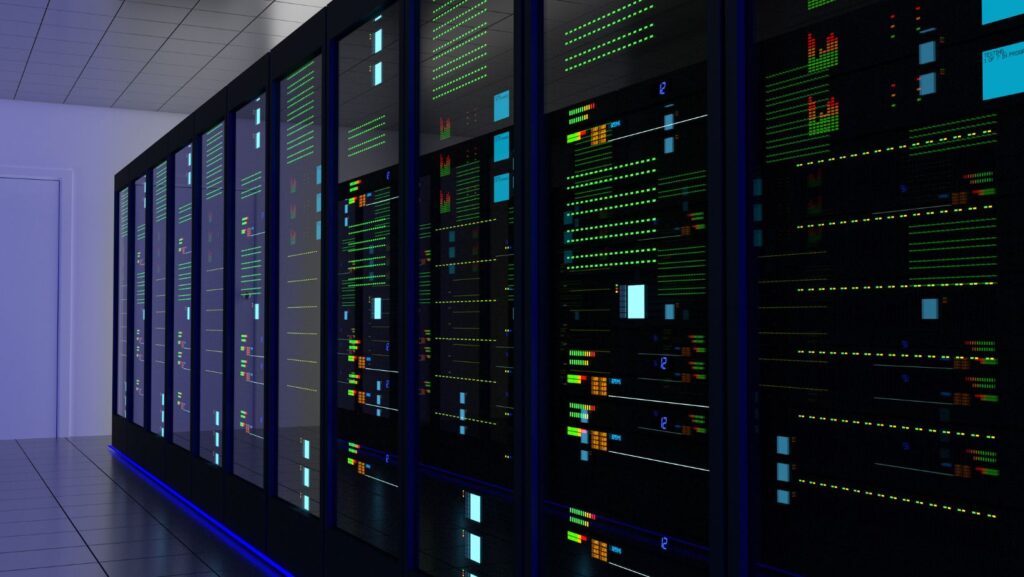When working with a virtual private server, regular maintenance is critical. One of the most important but often ignored areas is keeping the system up to date, especially when it comes to kernel and security patches. These updates close security holes and improve system stability, helping to avoid unexpected behavior and reduce exposure to attacks.
Running a VPS means having full control, but that also comes with responsibility. Without clear update practices, even well-configured systems can become vulnerable over time.
Understanding the Role of the Kernel
The kernel is the core part of your operating system. It handles how the system communicates with hardware and manages resources. A weakness in the kernel can allow attackers to bypass user permissions or cause the system to crash. This applies to all Linux-based systems, no matter how small or large the setup is.
Regular updates often include patches that fix kernel vulnerabilities. These patches are usually released after new exploits are discovered. The longer they are delayed, the greater the risk.
How Often to Apply Updates
It’s good practice to check for updates once or twice a week. On production systems, this process should be planned and predictable. For non-critical environments, weekly checks are enough. For sensitive or customer-facing servers, consider setting up automatic update notifications or scheduled tasks that fetch and install patches.
On Debian and Ubuntu systems, tools like unattended-upgrades can help automate this. On CentOS, dnf-automatic does the same. These tools focus on security patches only and leave out package updates that might change the behavior of applications.
If you prefer full control, manual updates using the package manager are a better choice. This approach allows you to review each patch and apply it when convenient.
Managing Downtime During Kernel Updates
Updating the kernel often requires a reboot, which means a short service interruption. For businesses that rely on uptime, this is a concern. Thankfully, live patching tools offer a solution. They apply critical kernel patches without restarting the server.
Examples include KernelCare, Ksplice, and Canonical Livepatch. These tools are especially useful for teams who manage workloads in regions with high traffic or specific latency needs, such as those using asia vps hosting. With live patching, essential security fixes can be applied immediately, reducing the need for off-hours maintenance windows.
Backing Up Before You Update
No update should be applied without a current backup or snapshot. Most VPS platforms provide snapshot tools in the dashboard. If this option is not available, tools like rsync, tar, or backup solutions such as BorgBackup can help secure your files and system state.
Storing backups in a separate location is also important. In case the system fails after an update, a clean rollback becomes much easier.
Check the System After Applying Updates
Once updates are complete, it’s important to verify that services are running normally. Use systemctl status to check essential services. You can also inspect logs with journalctl or monitor system behavior with tools like htop.
Running a basic security scan using Lynis or a file integrity checker helps detect issues that may have been introduced during the update.

Also, confirm the current kernel version with uname -r to ensure that the update was successful.
Keep It Consistent with Configuration Management
If you manage several VPS instances, consistency becomes more difficult. Tools like Ansible or Puppet allow you to enforce a clear update policy across all systems. This approach saves time and ensures that every machine is patched with the same standard.
It also allows version tracking and easy rollback if something goes wrong.
Choose the Right VPS Provider
A good provider should offer features that support your update routine. This includes access to snapshots, fast SSD storage, and easy access to the system console. When choosing a provider, consider options that operate in your key regions. For example, teams operating in Asia often benefit from using asia vps hosting solutions to reduce latency and meet local compliance requirements.
Conclusion
Keeping your VPS secure takes planning. Regular updates, verified backups, and post-update checks are all part of a healthy system lifecycle. While some tools can automate parts of the process, human attention is still needed to ensure long-term reliability.
Security is built step by step. Staying current with updates helps reduce risk and gives you more confidence in your infrastructure.

